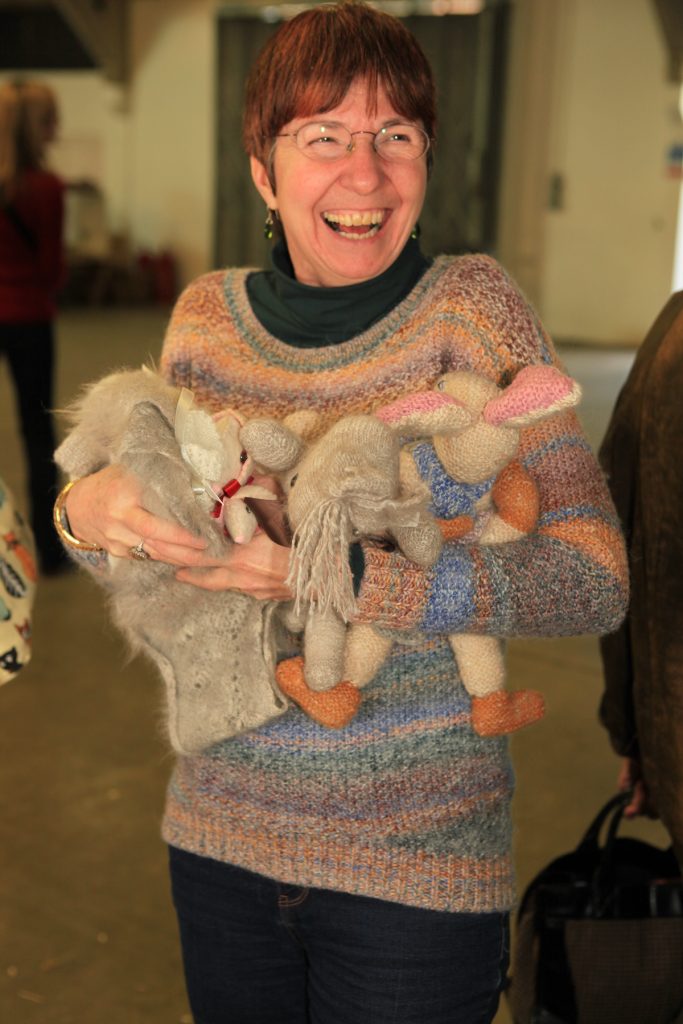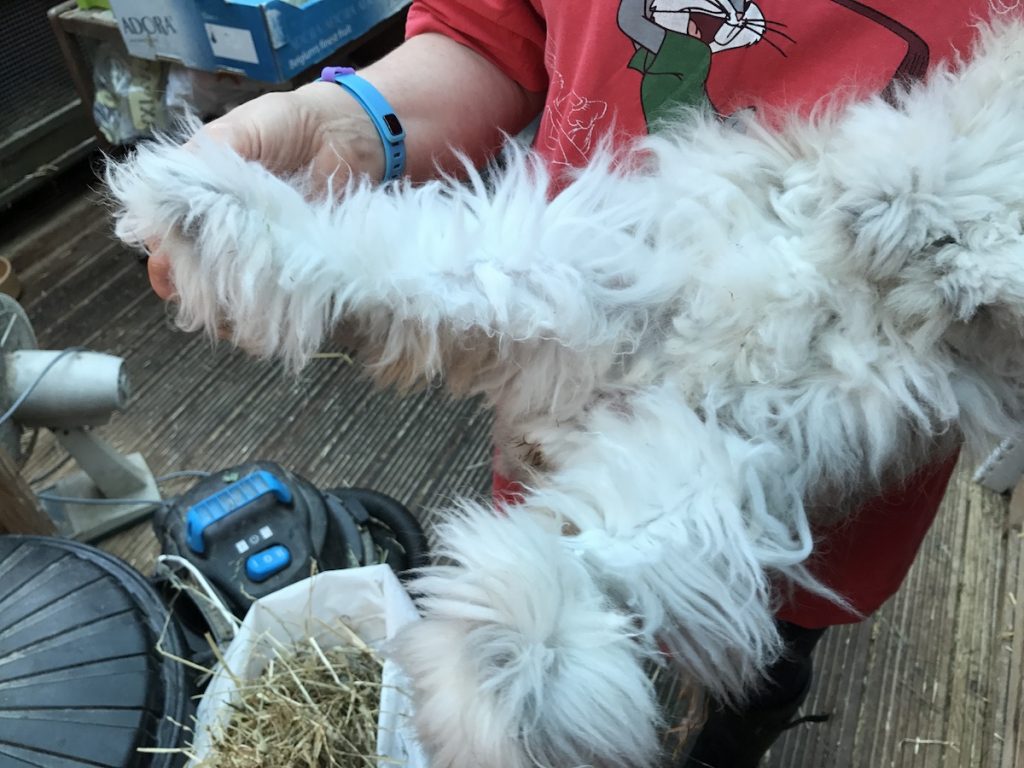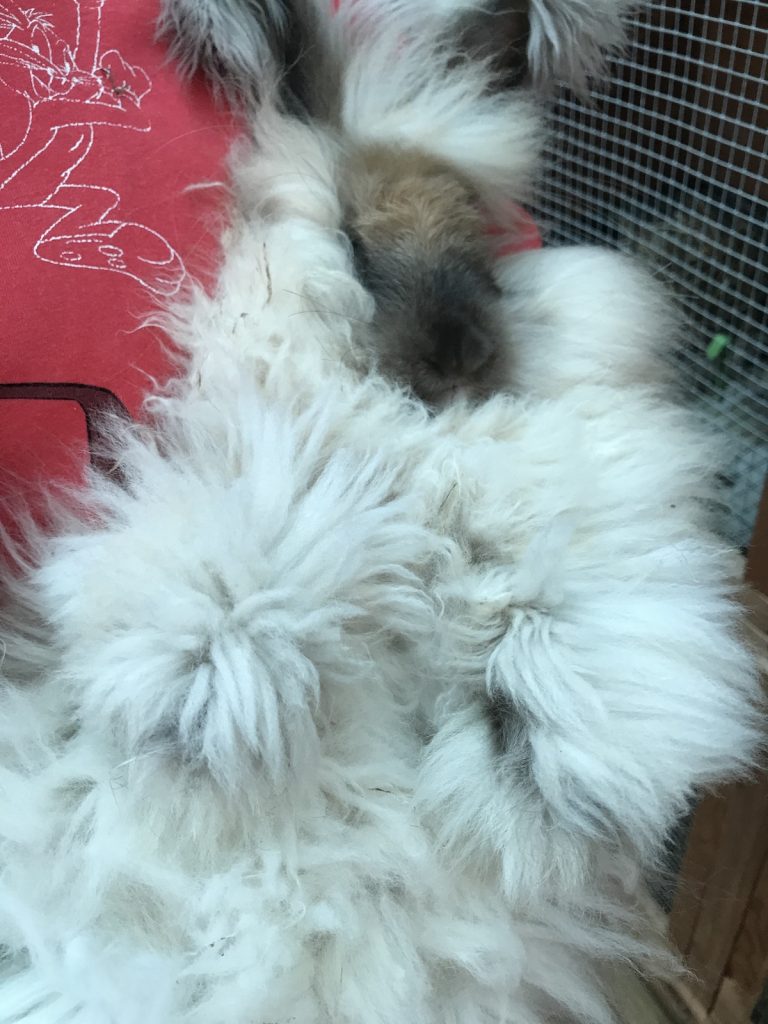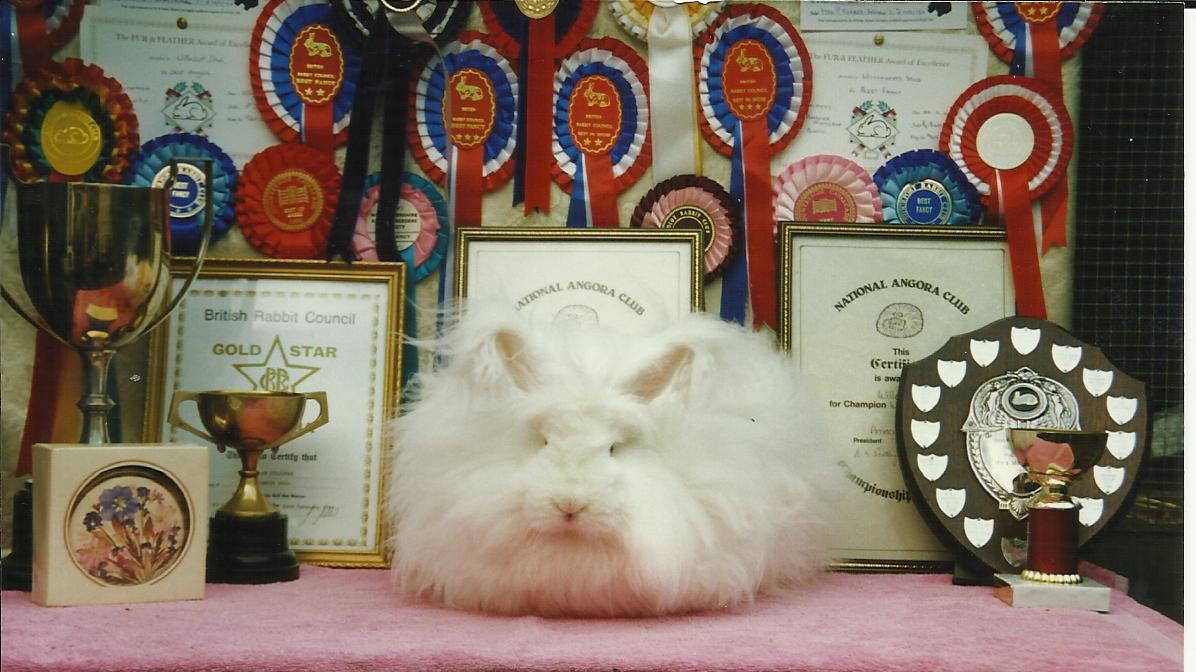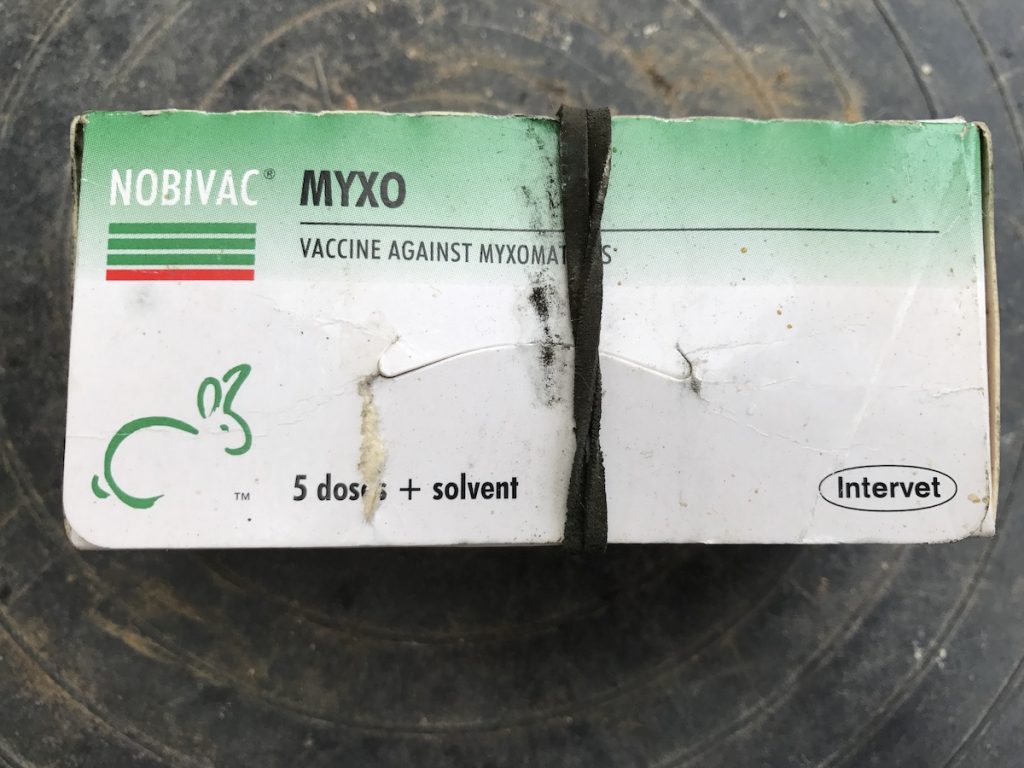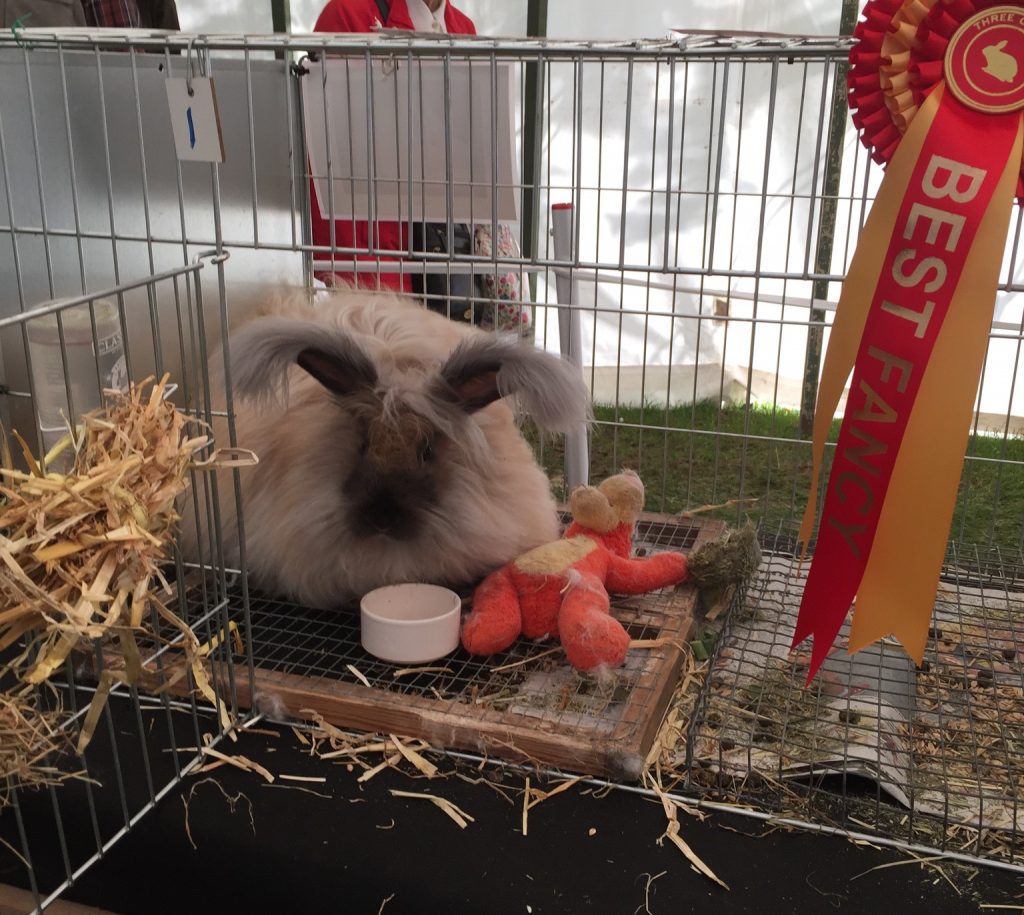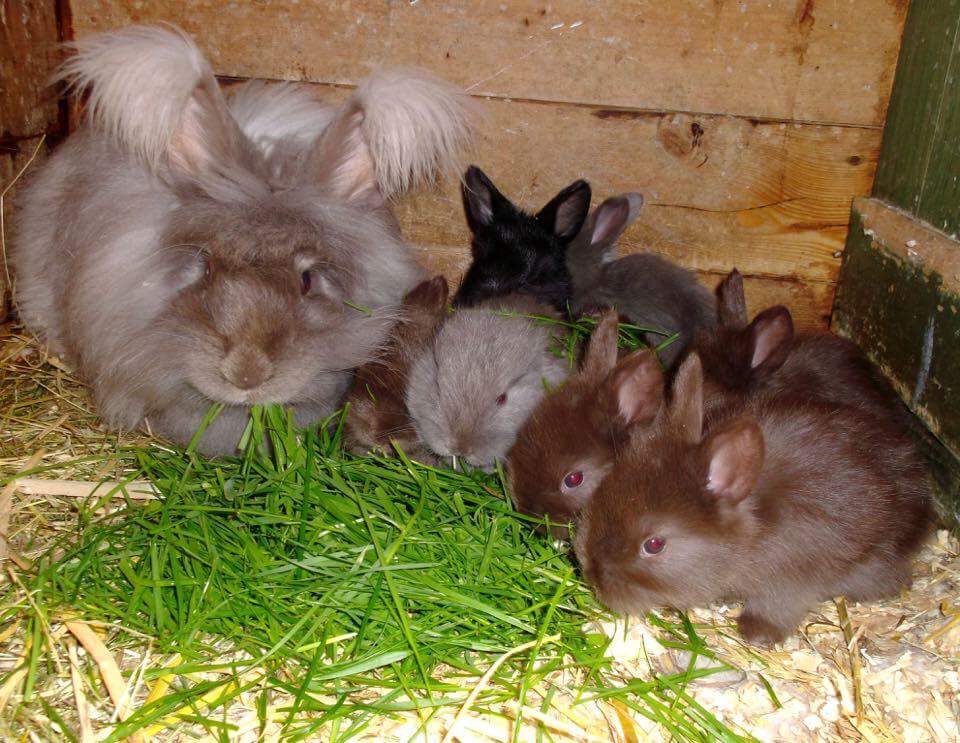
The birth of babies is an anxious time. Once the doe has given birth, lift her out carefully if she will let you. Remove any dead babies, and return warm stragglers to the nest. Chilled babies found out of the nest can be picked up with hands rubbed in the doe’s litter and warmed carefully. They can be returned to the nest if they survive. If there is not much nest, add wool clipped from the doe, or some you have saved from her from a previous clipping. This should be in short lengths as long pieces of wool can tangle around babies’ necks and limbs, strangling them or cutting off their circulation. Some does will not let you inspect the nest. They become overprotective, rushing to the nest and this can risk trampling the babies. In this case, if all appears well, it may be wise to wait until the next day before a detailed inspection of the nest is done.
Read More


